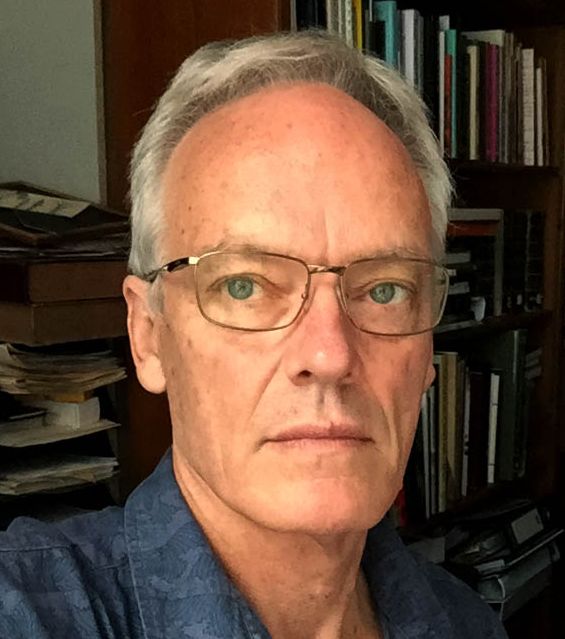Dr Philip Jones, South Australian Museum
Tuesday, 16th August 2022
Aboriginal people along the route of the Overland Telegraph Line responded in diverse ways to the Line’s construction and operation. These responses ranged from hostility to curiosity; the trespass on their country and the alienation of key water sources for the use of the eleven repeater stations led to violence in several documented instances and was probably more widespread. Aboriginal people quickly saw the Line construction parties, and the Line itself, as a ready source of new commodities and materials - particularly metal and cloth, which were entirely new to inland groups.
This was certainly a factor in several raids on the Line’s construction parties, and was a key factor in the concerted attack on Barrow Creek telegraph station in 1874. Gradually though, the telegraph stations began to represent safe ground for Aboriginal people facing dispossession and occasional violence as pastoralism expanded across their lands. I will trace this history, focusing upon the group of telegraph station staff centred on F.J. Gillen at Alice Springs, who built sufficient trust with the Arrernte people to begin his remarkable, collaborative research into Aboriginal society, religion and mythology. From the 1890s station staff and Aboriginal natural history collectors also collaborated to record fundamental data about Central Australian zoology.
This event has now passed, however a recording is available below.
Date and Time
Tue, 16 Aug 2022
12:30 - 13:30 AEST
Location
Presenter(s)

Philip Jones has been a curator in the South Australian Museum’s Department of Anthropology since the 1980s. His doctoral thesis concerned the history of Australian ethnographic collecting. He has undertaken fieldwork with Aboriginal communities in Central Australia, the Simpson Desert and South Australia, and has curated more than 30 exhibitions, ranging from Aboriginal art to the history of anthropology and natural science, expeditions, and frontier photography.
Philip’s book of essays on museum objects and the Australian frontier, Ochre and Rust: Artefacts and Encounters on Australian Frontiers, won the inaugural Prime Minister’s Literary Award for Non-Fiction (2008). In recent years he has completed books on the Yuendumu school doors, Spencer and Gillen’s 1901-1902 pioneering anthropological expedition, and the Australian and New Zealand expeditions undertaken by the colonial artist and naturalist George French Angas. During 2018-2020 he undertook fellowships at Harvard’s Peabody Museum and the Netherlands Institute of Advanced Studies, working on the history and implications of a 1938-1939 fieldwork collaboration between Adelaide and Harvard Universities and researching networks of European collectors of Aboriginal objects.
